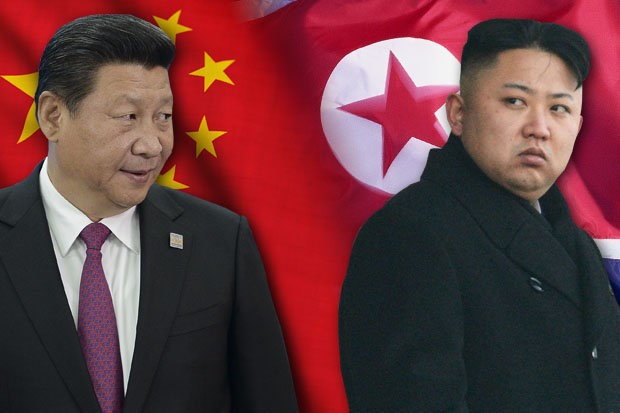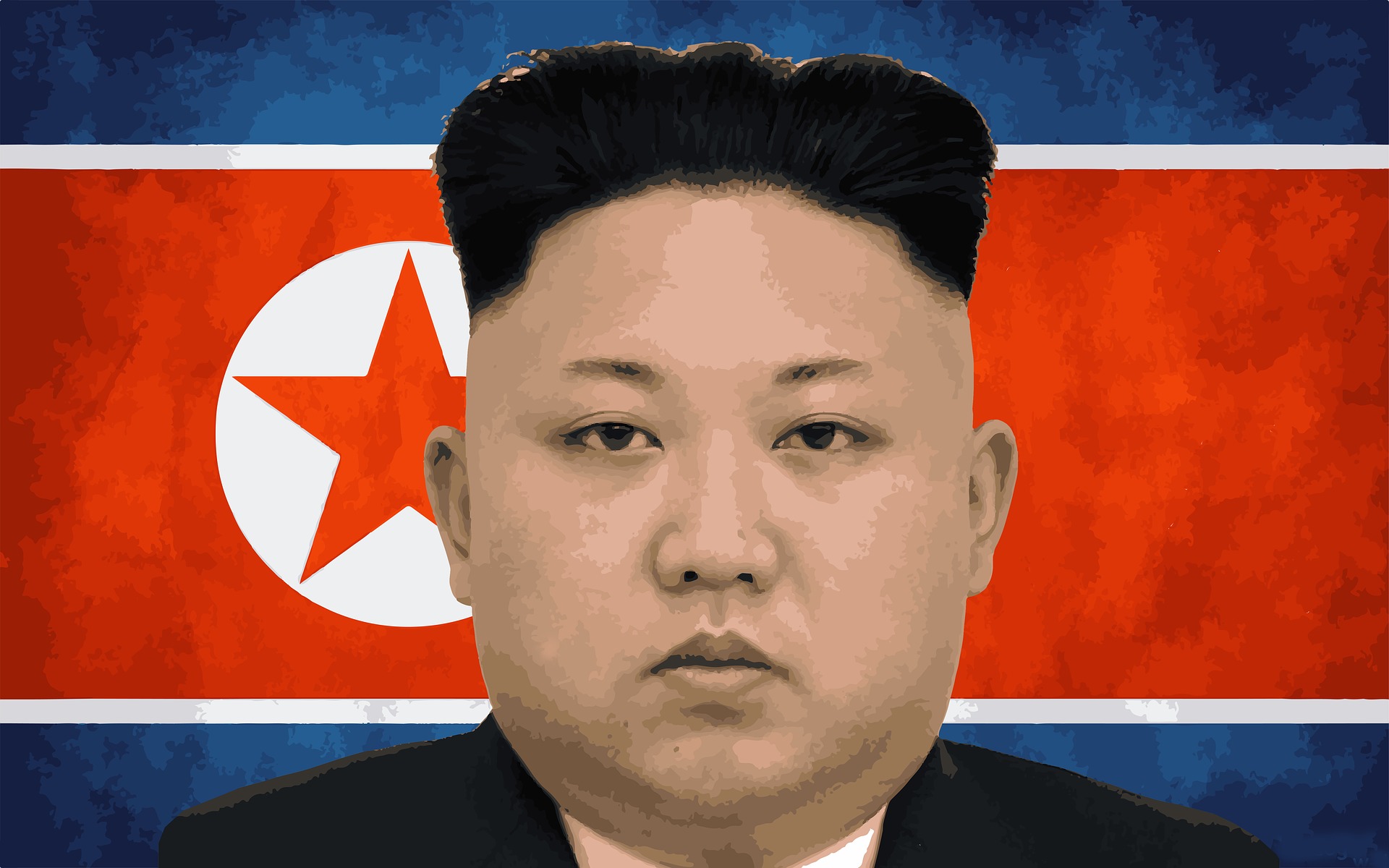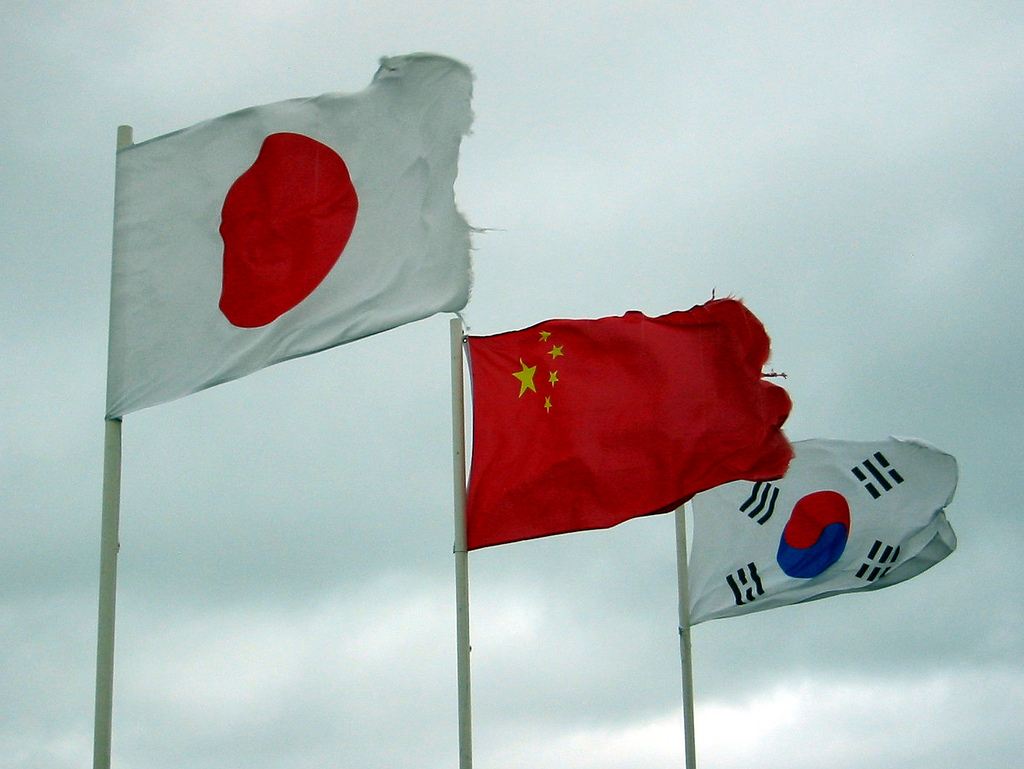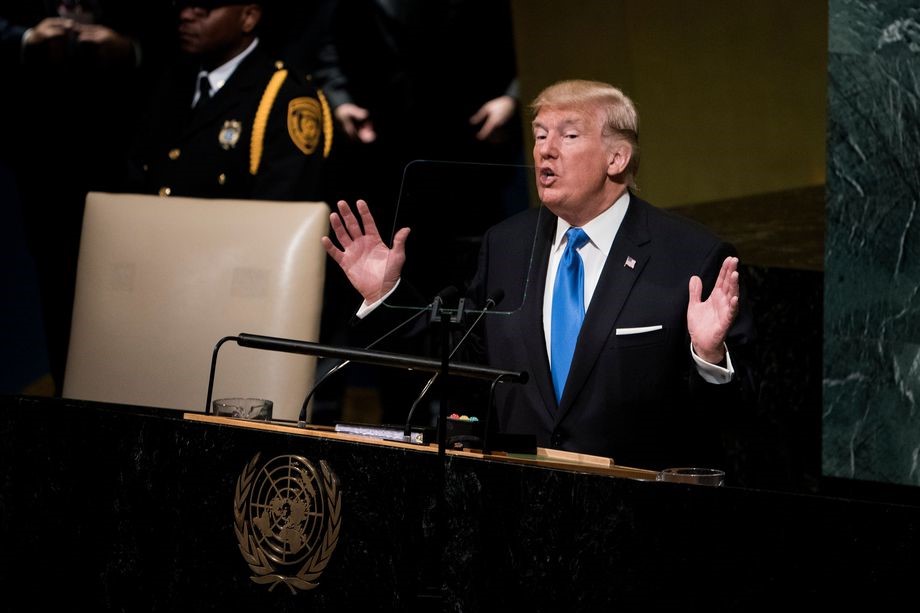By Davis Florick

While North Korea’s participation in the 2018 Winter Olympics and its recent government-to-government meeting with South Korean officials are both positive developments, no one should forget that Pyongyang has a long history of attempting to manipulate Seoul. On three occasions, the Kim regime pursued extensive engagement with South Korea. North Korea’s motivations for engagement meet one or more of three criteria: It feels threatened by outside events, it is in serious need of aid, or it perceives an opportunity to create tension between South Korea and the United States (US). Kim Jong-un’s efforts in the lead up to, during, and after the 2018 Olympics meet two of these three criteria. North Korea’s need for aid and sanctions relief as well as the perception that tension exists between South Korean President Moon Jae-in and US President Donald Trump explain Pyongyang’s willingness to cooperate with Seoul.
North Korea’s engagement attempts with South Korea have been motivated by extreme circumstances. First, President Nixon’s trip to China in 1972 was a dramatic moment for the Korean Peninsula. North Korea became concerned that Chinese policy shifts might cost Pyongyang a major patron. Kim Il-sung also believed the US might be retreating from East Asia, possibly leaving South Korea vulnerable. Second, the collapse of the Soviet Union and Warsaw Pact as well as increasing international recognition of South Korea left North Korea exceedingly vulnerable. In response, Kim Il-sung agreed to the 1992 Joint Declaration of the Denuclearization of the Korean Peninsula, thus removing US nuclear weapons from the Peninsula and dramatically reducing the perceived threat from South Korea and its allies. Third, Kim Jong-il mainpulated Kim Dae-jung and Roh Moo-hyun’s (1998-2008) Sunshine Policy to acquire needed foreign currency and aid. Kim Jong-il undoubtedly hoped that the prospect of improved relations might pull his South Korean counterparts away from the US at a time of tension between Seoul and Washington. Thus, foreign aid, regime survival, and hope that US armed forces may leave the Peninsula have motivated North Korea’s periodic, brief overtures toward the South.
Kim Jong-un has used the 2018 Winter Olympics and follow-on meetings to achieve two goals. His immediate need is food aid and sanctions relief. North Korea requires approximately five million tonnes of cereal per year. In 2017, the United Nations Food and Agriculture Organization reported rainfall during the peak growing season was at its lowest level since 2001 when cereal production was two million tonnes. The drought may be amplifying the effect of sanctions. The food distribution system, ineffective at best, is only providing three hundred grams of food per person, daily. Poor agricultural output and sanctions are likely forcing North Korea to raise quotas for its fishermen, which explains the increase in North Korean fishing vessels recovered by Japan. Since Tokyo began tracking these “ghost vessels” in 2014, the twenty-eight recovered in November is a single month record. In 2017, one hundred and four ships were recovered, nearly double the sixty-six in 2016. Like his father, Kim Jong-un is counting on the kindness of the Moon Jae-in government to feed his people and get sanction relief.
Pyongyang’s second, long-term goal is to create tension between South Korea and the US. In this context, North-South engagements since the 2018 Winter Olympics concluded are particularly worrisome. North Korea has proposed improved relations and de-nuclearization in exchange for security guarantees and direct talks with the US. The Moon Administration has eagerly embraced Kim Jong-un’s offer and is attempting to push the Trump Administration into direct talks.
There is nothing wrong with US officials talking to their North Korean counterparts, but there is serious danger in external expectations overtaking the initial purpose of bilateral dialogue. Moon Jae-in ran on a platform featuring North-South rapprochement. Improving relations with the North would likely boost his popularity in South Korea. Therefore, he will probably forcefully encourage the US to compromise with North Korea. Other parties such as China, Russia, and the Europeans may also pressure the US into accommodating North Korea.
With the international community expecting the US to compromise, Kim Jong-un probably hopes he can replicate the outcomes from the Sunshine Policy era. North Korea will limit concessions while relying on others, particularly South Korea, to pressure the US. Similar to the Sunshine Policy era, Seoul’s desire for progress toward reunification and Washington’s reluctance toward policies it perceives as appeasing the Kim’s could create US-South Korea tension. Exacerbating the possibility of US-South Korea friction is the perceived personal animosity between Moon Jae-in and Donald Trump. If taken to its extreme and to some extent based on President Trump’s own campaign rhetoric suggesting leaving the Korean Peninsula, Kim Jong-un may hope that North-South rapprochement will set events in motion creating irrevocable tension between Seoul and Washington.
While it may seem unlikely, North Korea wants tension between South Korea and the US to lead to US forces leaving the Peninsula. Pyongyang has repeatedly made this request in the past, because its leadership views the removal of US forces as the key to reunifying the peninsula. Without the US military presence, the Kim regime believes South Korea lacks conviction and, therefore, is vulnerable. Since 1953, Pyongyang has argued that US forces saved South Korea’s oppressive puppet regime in Seoul during the Korean War and that the South Korean people would rebel against that government if it were not propped up thanks to Washington’s support.
Although aid, sanctions relief, and exacerbating US-South Korea tension are likely primary factors shaping Kim Jong-un’s decision making, there are other considerations as well. Given its ability to control internal messaging and the goodwill attending the Winter Olympics engendered, North Korean participation probably had few drawbacks. Similarly, its willingness to talk with the South Koreans may demonstrate to patrons in China and Russia that Pyongyang is making an effort – thus sanctions should be eased – even if nothing comes from dialogue. Recognizing these factors is important, but only reinforces the need for approaching North Korea with caution.
Kim regime policies are always predicated upon self-interest. History has shown that North Korea only engages with South Korea and the US when it believes there is an opening that it can manipulate. Flushed with success and optimism from the 2018 Winter Olympics, Seoul’s dialogue with Pyongyang and encouraging US-North Korea bilateral talks is playing right into Kim Jong-un’s hands. North Korean overtures are intended to entice South Korean officials and create division between Seoul and Washington. Kim Jong-un is trying to replicate the conditions and outcomes of the Sunshine Policy era while hoping that perceived tension between Presidents Trump and Moon will separate the US and South Korea more than during the early 2000s. While reunification is a worthy pursuit, South Korean and US officials must recognize that Kim Jong-un will never move down this path unless it is on his terms.
Davis Florick is a James A. Kelly Non-resident Fellow with the Pacific Forum and a Senior Fellow with the Human Security Centre. Mr. Florick earned his master’s degree in East-West Studies from Creighton University and is completing a War Studies master’s degree at King’s College London.
Image Source: https://commons.wikimedia.org/w/index.php?curid=21244159



